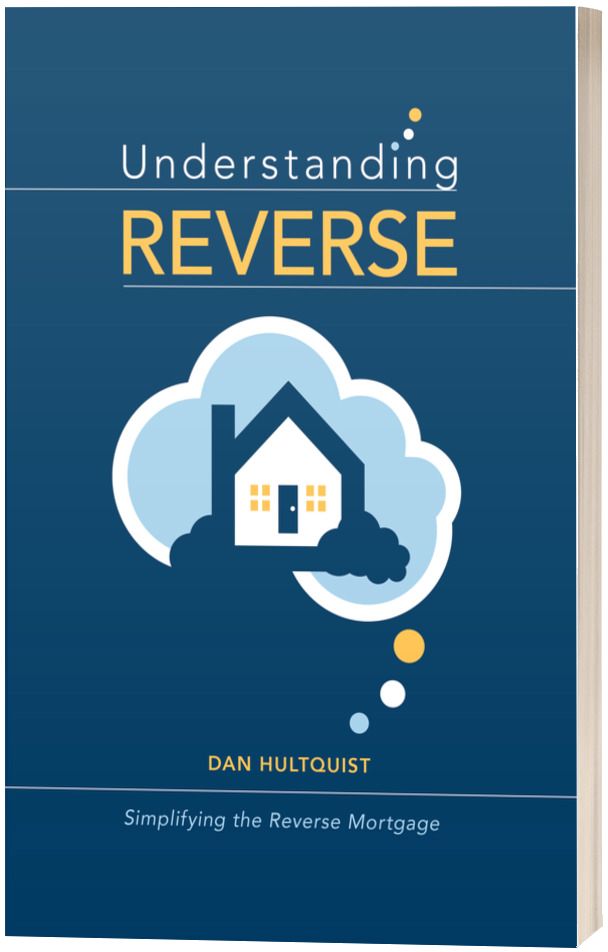Understanding Reverse
By Dan Hultquist

Dan originally authored this book out of frustration.
He needed to address the persistent issue that reverse mortgages are not well understood.
Since then, Understanding Reverse has been updated annually to address the most common reverse mortgage questions in the general order in which they are asked.
Dan has written in short, focused chapters that are easy to read and understand.
What follows is Chapter 30 that covers how a Line of Credit GROWS with a reverse mortgage.
You can listen to Dan read you this chapter by clicking the play button.
How does the line of credit GROW?
The line of credit is a compelling argument as to why qualified homeowners should consider a reverse mortgage. LOC growth means these pledged funds will not only be liquid and secure, they can also grow to be much larger over time.
There are two factors that lead to LOC growth:
1. Growth rate
The line of credit will grow organically at a rate equal to the compounding rate. This rate can be described as the current interest rate plus 0.5%. Technically, it compounds monthly at 1/12th of that rate.
Consider a loan with a lender margin of 2.5% and a current index rate of 3%. The sum of these two plus 0.5% would give the loan an LOC growth rate of 6%. In this example, even if the index were to drop to 0%, the LOC would still grow at a rate of 3%.
2. Making payments
Payments made to reduce the loan balance will also increase the line of credit. Many HECM borrowers are unaware that the LOC is boosted with each payment.
The lesson to be learned is that if a borrower has cash available, it may be prudent to use it to pay down the reverse mortgage balance. They get two benefits: a lower loan balance and a larger LOC. That increased LOC will then continue to grow at the compounding rate, available for future use.
IT CAN EXCEED THE HOME’S VALUE
The LOC may eventually exceed the home’s value if the borrower holds a growing LOC for a long period of time, if a dramatic rise in interest rates make the LOC grow faster, or if property values decline. This is acceptable, and borrowers are permitted to draw funds that exceed their home’s value.
PRECAUTIONS
This LOC is only available on adjustable-rate products. Fixed-rate loans are closed-end, meaning no LOC is established, and paying down the balance does not give a borrower the right to draw it back again without a refinance.
The LOC is also limited in the security deed to a maximum mortgage amount calculated at 150% of the maximum claim amount (MCA). While it is unlikely the LOC will reach that amount, HUD would require a modification of the security deed to allow draws that exceed this amount.
Lastly, it is important to know that only the available LOC grows. Some borrowers use all their LOC funds and wonder why their LOC does not increase the next month. There is simply nothing to increase.
Copyright © 2025 VISIA, INC. All rights reserved.
